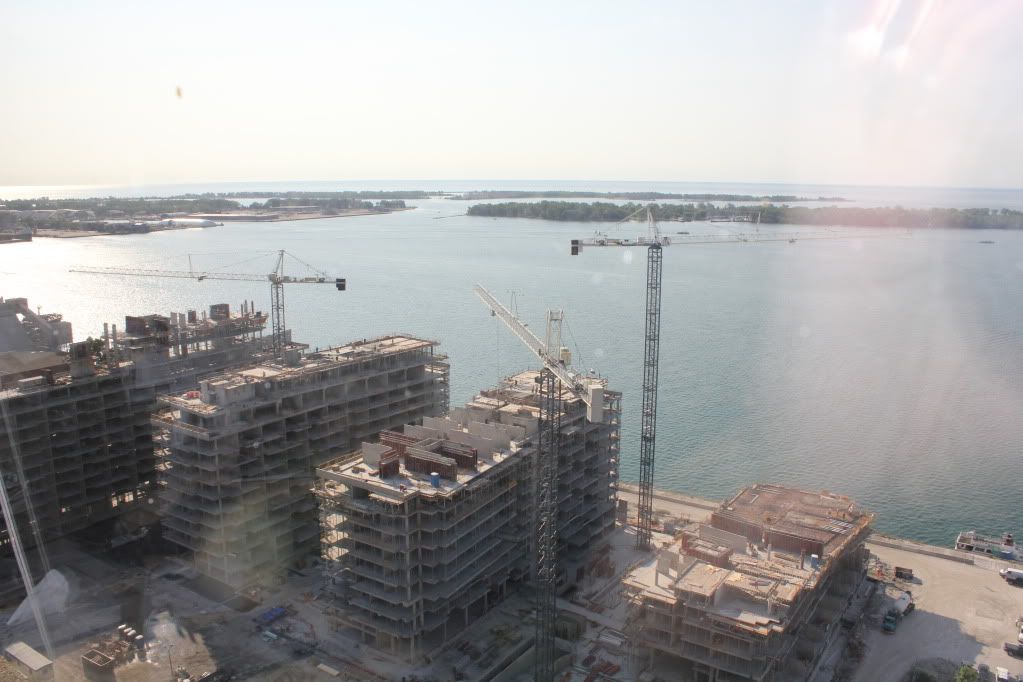Urban Shocker
Doyenne
Together with Anish Kapoor, Deacon is the only Turner Prize winning sculptor with a public work in our town, as far as I know. This 1990 Between The Eyes was his first public commission, as is our Kapoor - as befits Toronto's status as a cultural "early-adopter" city.
http://islandlass.wordpress.com/2009/04/27/richard-deacon-part-of-the-quiet-revolution-in-sculpture/
http://www.art-interview.com/Issue_016/interview_Deacon_Richard.html
http://www.richarddeacon.net/index.html
http://islandlass.wordpress.com/2009/04/27/richard-deacon-part-of-the-quiet-revolution-in-sculpture/
http://www.art-interview.com/Issue_016/interview_Deacon_Richard.html
http://www.richarddeacon.net/index.html


